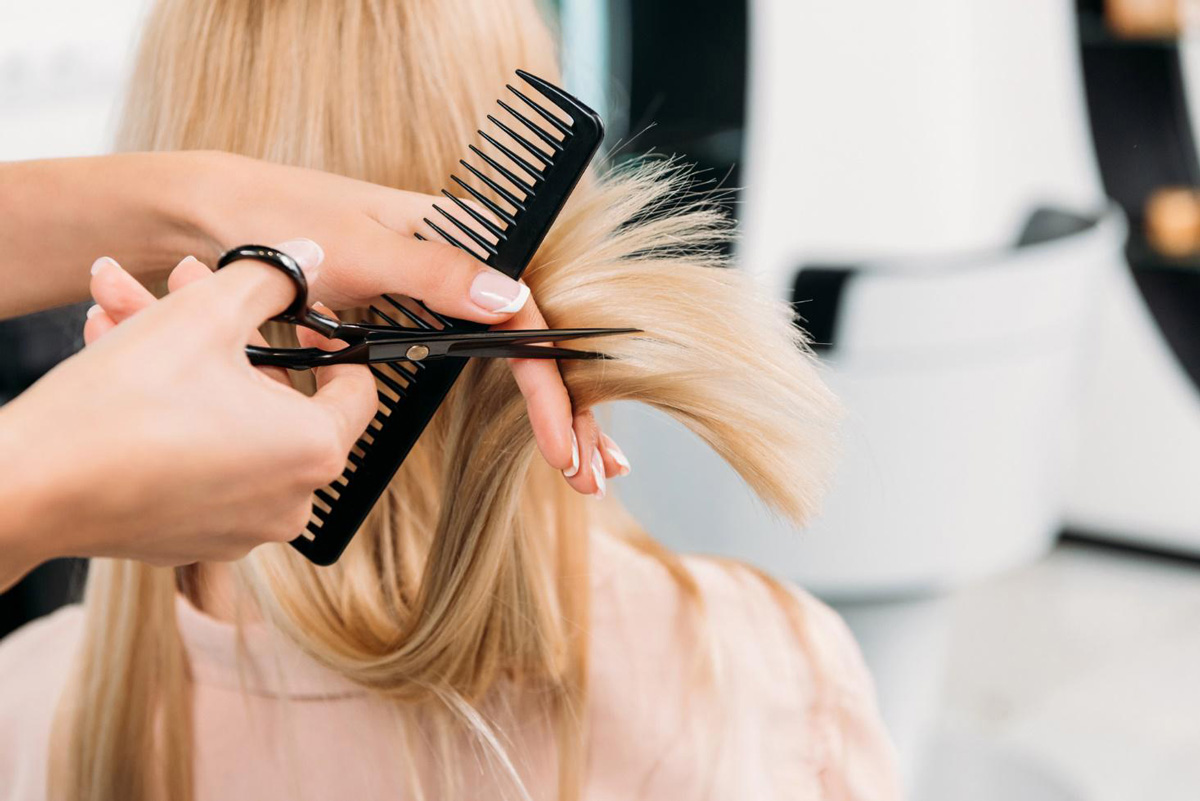Understanding Colour, Texture, and Care for Healthy Hair

Everyone wants to have strong, shiny, healthy hair. Having a head of healthy hair can be a big self-esteem boost, dictating confidence and letting you feel better about yourself. Hair also insulates our heads, protecting our scalps from the sun and keeping us warmer in the cold.
In this blog, we’ll go deeper into how you can maintain healthy hair and why you should consider enrolling in an esthetics course.
Signs You Have Unhealthy Hair
It’s usually easy to tell when your hair isn’t healthy. The specifics may depend on a few different factors, such as hair type and your care routine, but some universal signs of unhealthy hair include:
The hair is brittle
You lose lots of hair when you run the brush or comb through it
Big clumps of hair fall out
Your hair lacks lustre and shine
You have split ends
Your hair strands break mid-shaft
It’s difficult to detangle
It’s drier than usual
Hair Texture and Type
Hair texture is how thick your individual hair strands are. The three textures are fine, medium, and coarse. To determine what category you fall into, take an individual hair from your head and compare it to a thread:
Fine Hair – if your hair is thinner than the piece of thread, that means you have fine hair. It damages more easily but can hold styles better.
Medium Hair – if the hair is roughly the same size as the thread, that means you have medium hair. Medium hair can be easy to manage and is very versatile.
Coarse Hair – if your hair is thicker than the thread, you have coarse hair, which is strong but may require more moisturization and care.
Meanwhile, hair type refers to the shape of the hair follicle and how much curl or wave your hair has. Hair types are self-explanatory. They are:
Straight hair (type 1)
Wavy hair (type 2)
Curly hair (type 3)
Oily/kinky hair (type 4)
One of the key parts of hair care is understanding your hair type. You should be choosing the right hair care products for your hair.
Hair Colour
Hair dye is becoming more and more popular in the modern age. However, there’s much more to hair colour than just picking out the one you like most – your hair’s colour, whether natural or previously coloured – makes a big difference in how the next non-permanent colouring turns out.
A longstanding rule of thumb is that you can easily change your hair three shades lighter or three shades darker than your starting colour.
Learn More About Hair Care with Esthetics Training at Academy Canada
Want to learn even more about hair care, texture, and colour? If hairstyling is your passion, Academy Canada offers hairstylist programs and esthetics training for students in St. John’s Newfoundland. Our hairstylist course is a 37-week apprenticeship program that bestows upon you the skills you need to work as a first-year apprentice hairstylist.
Once you complete the program, you receive a Red Seal Certification.
Contact us today to learn more about enrollment.
